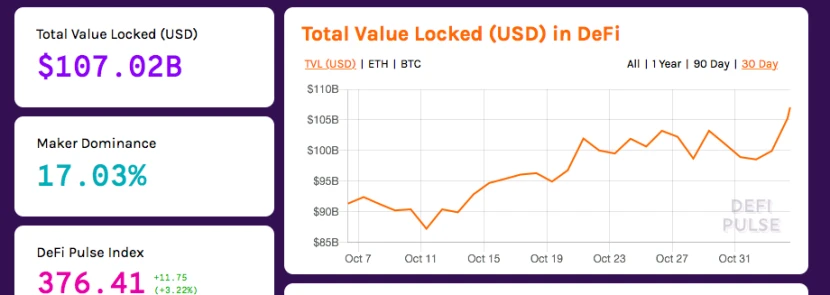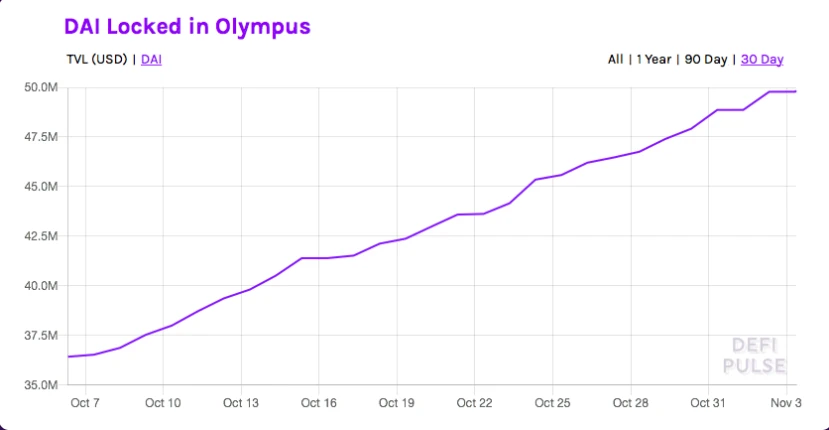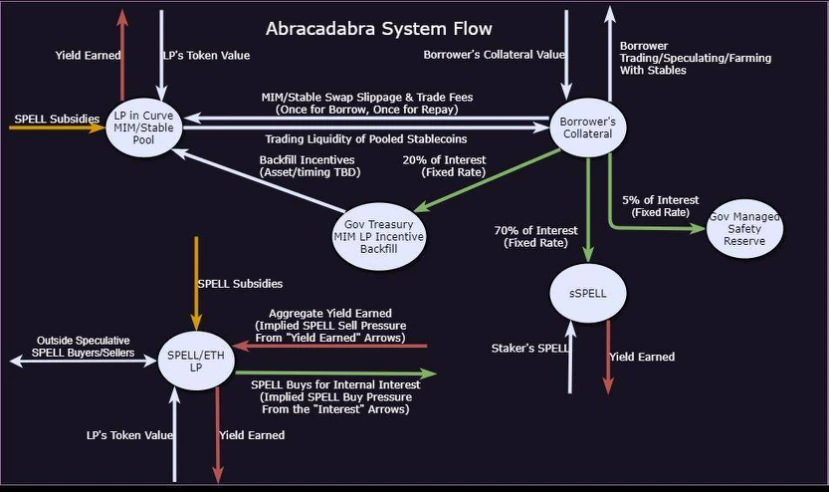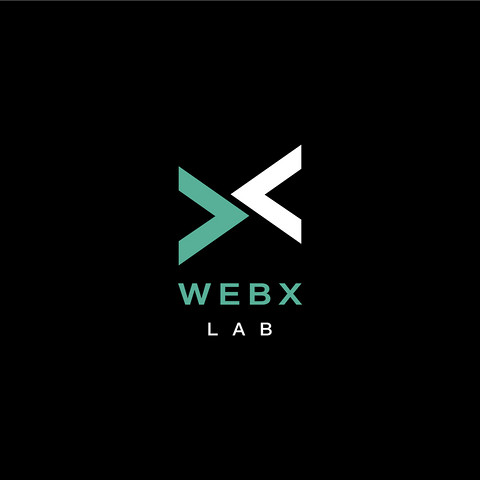image description

first level title
From the awakening of DeFi to the breakout of DeFi2.0
The reform of the financial market has never stopped, and after the entry of the encrypted world, this kind of change is even more refreshing. The explosion of DeFi in 2020 not only excited the encryption market, but also attracted the intervention of traditional finance. They hope to reshape a value revolution through such a brand-new financial circulation model. Then, last year’s liquidity mining was mainly a wake-up call to wake up the participation of users, communities, and industries in the concept or gameplay of decentralized finance. Through the repeated repetition of new project logic, step by step for The scale of this market of hundreds of billions of dollars lays the foundation.
first level title
Popular understanding of the specific gameplay and projects of DeFi2.0
When talking about DeFi2.0, we still have to mention its original source. According to network sources, this concept was first exposed in a live broadcast. It was proposed by Alchemix developer Scoopy Trooples. He believes that DeFi applications built based on the first-generation protocol, Since the innovation from 0 to 1 has been carried out again, it can be regarded as the second generation protocol, called DeFi2.0. Since such a definition is incomplete, we try to understand how DeFi2.0 achieves 0 to 1 innovation from existing projects.
image description

(Graph source: defipulse)
The other is Abracadabra, a cross-chain interest-earning lending agreement. We also know from the name that it can support the transfer of many inter-chain assets. Currently, it supports public chains and protocols such as Ethereum, BSC, Fantom, Avalanche, and Arbitrum. The protocol still uses over-collateralization or casting of stablecoins that anchor stable values, and on this basis, the mortgaged assets can also obtain continuous income. For example, users can obtain the interest-bearing asset yvUSDC by depositing USDC in the Vaults of the aggregation protocol Yearn. Yearn will distribute the transaction fees earned by USDC through lending agreements or trading agreements to yvUSD holders. The risk of the agreement is small, and the amount of USDC corresponding to yvUSD in the Abracadabra agreement will continue to grow. The project adopts a dual-token model. The governance token SPELL is mainly used to adjust the overall parameters of the protocol, while MIM is mainly a stablecoin anchored to the US dollar, which is convenient for combination with other stablecoin trading protocols. At present, functions such as farming, lending, pledge, exchange and cross-chain bridge have been launched, and the execution of the team can be called swift and decisive.

In addition to the above-mentioned Fodl Finance, the project evolves simple lending into a free money market by depositing funds from users and acting as a margin. That is to say, in leveraged trading, leveraged service funds are no longer dependent on margin and fee rates, but come from your assets stored in lending applications such as Compound and Aave. The amount of leveraged funds you open depends on The amount of funds you deposited into the lending app. Specifically, users need to store funds on the lending application, and then set the amount and multiple of leveraged assets by themselves, and Fodl will automatically calculate the leverage that the loaned assets can match. When a user opens a position, Fodl will take out a flash loan, allowing the user to open a full leveraged position in a single transaction without requiring the user to recycle.
first level title
After the hype period, DeFi 2.0 still needs time to pave the way
In short, the project that simply explains DeFi2.0 already exists, which is also a good start for DeFi2.0 from the building in the air to the reality. However, we believe that the current DeFi2.0 project is in its infancy, and the success of this stage cannot To explain its longevity, it is still full of Fomo pursuits of conceptual consumption. Therefore, the development of Defi2.0 still needs a long time to observe and layout. On the one hand, the basic position of DeFi1.0 has been established. The reform of DeFi2.0 should not only be the gameplay, but should be based on 1.0, such as the continued integration of combinations, trying to find grafting and breakthroughs in the projects in 1.0 . Moreover, Defi2.0 should focus on the development needs of the new public chain for connection, and cannot blindly immerse itself in the world of Ethereum, and needs to make a breakthrough in compatibility and ecology. Furthermore, any new thing has two sides, and a better value judgment needs to be judged from multiple perspectives such as capital, users, and activity. As for when the Compound-like projects in DeFi2.0 will appear, we will wait and see.










